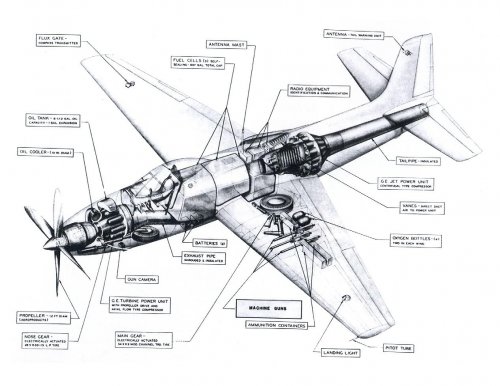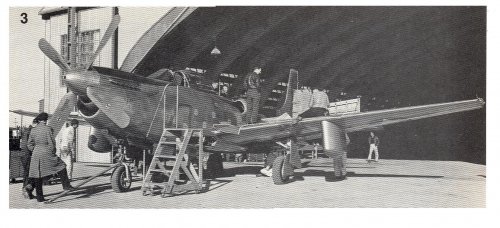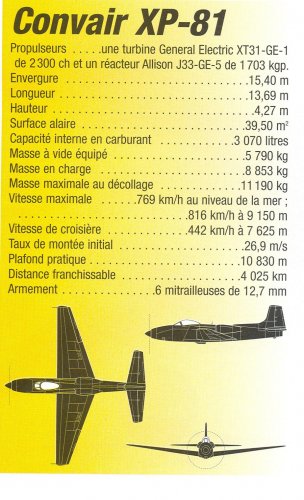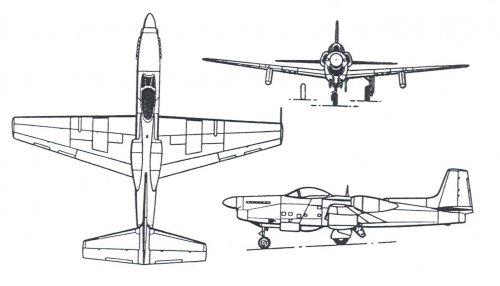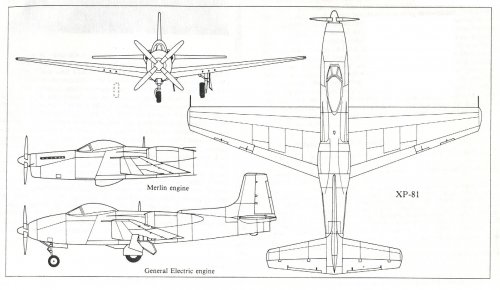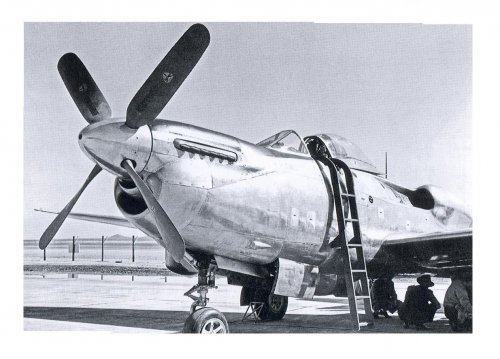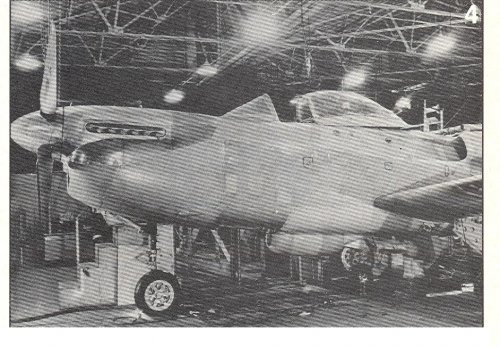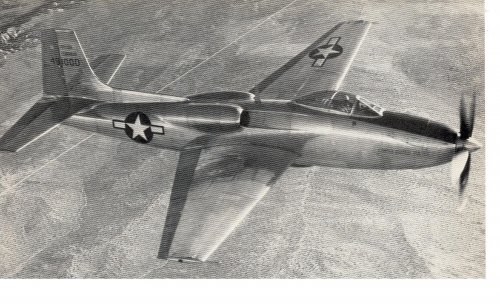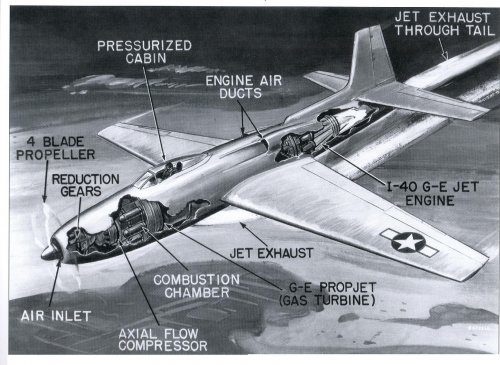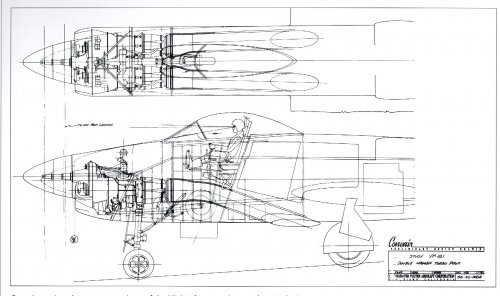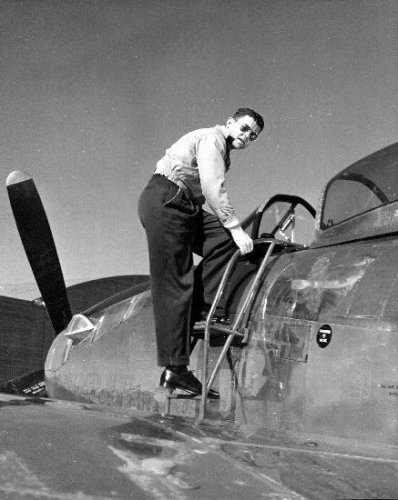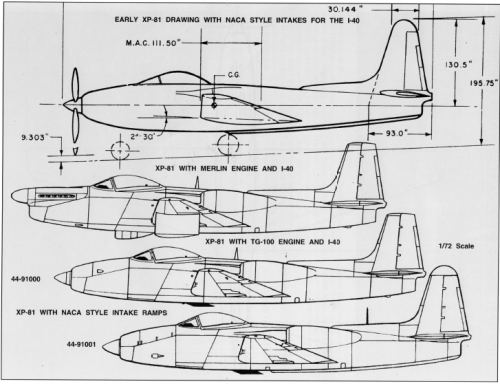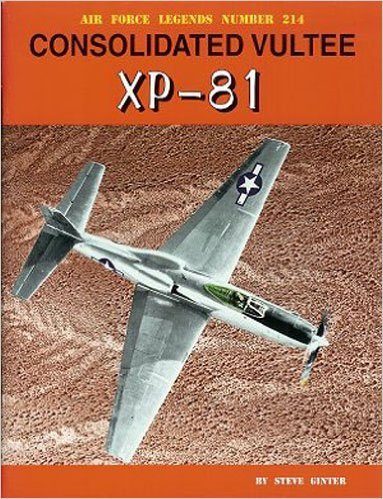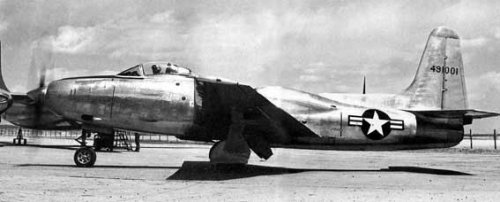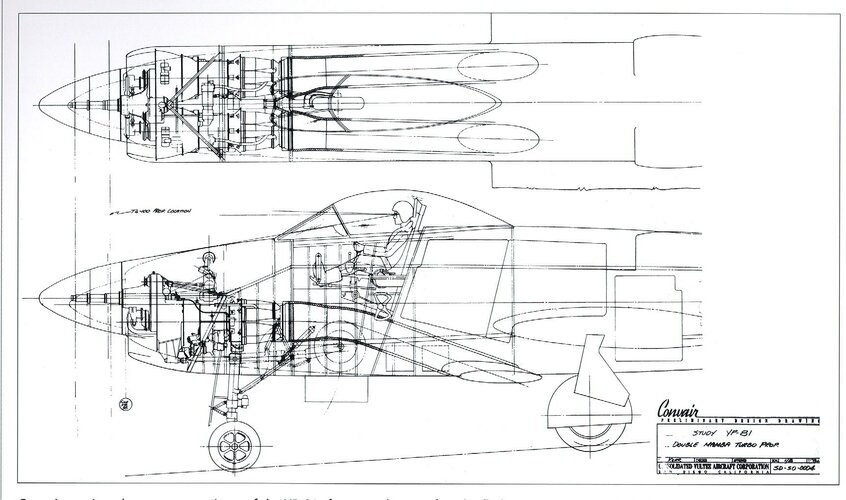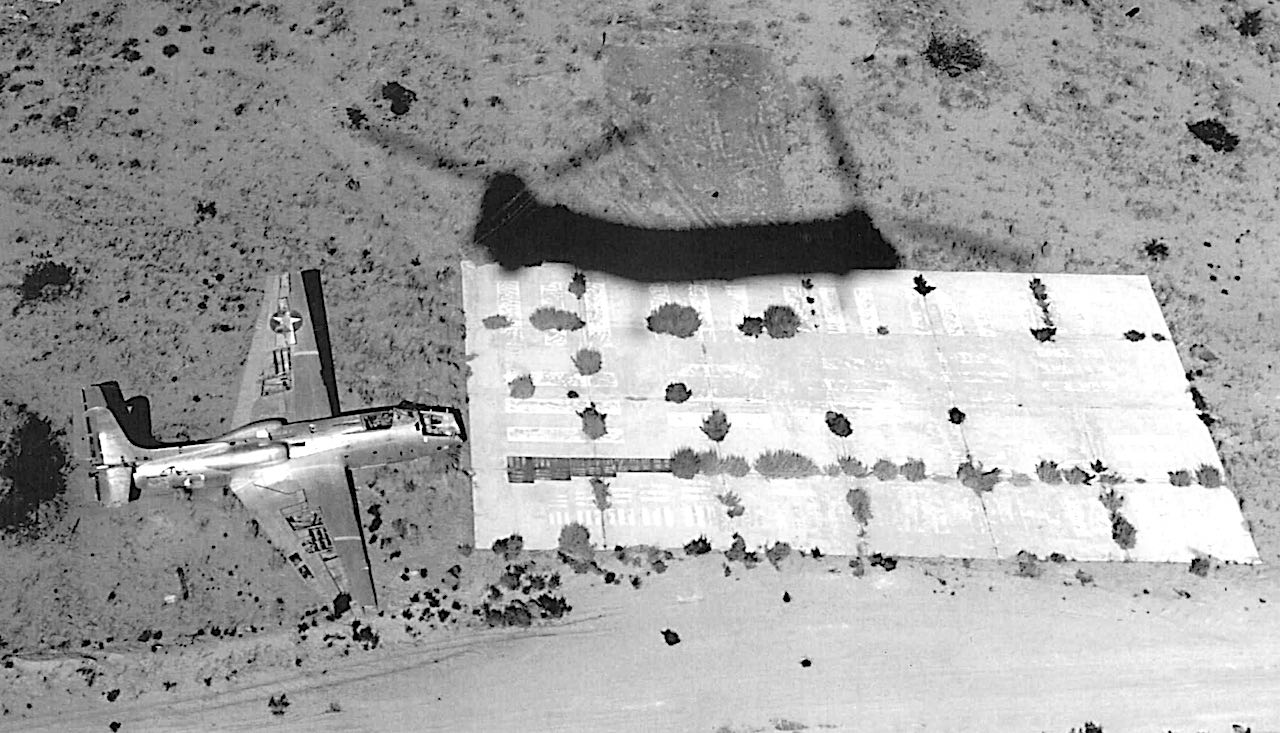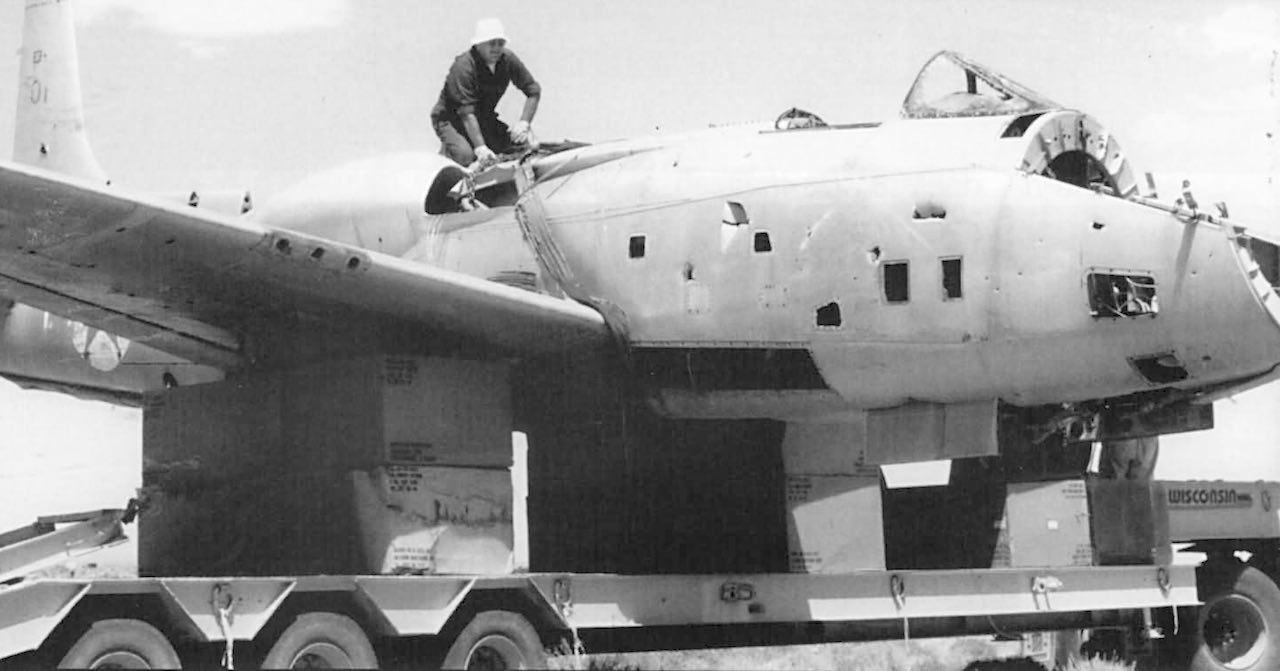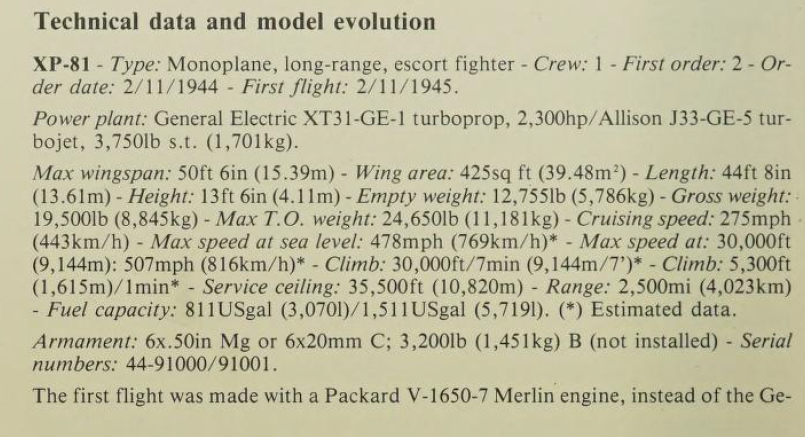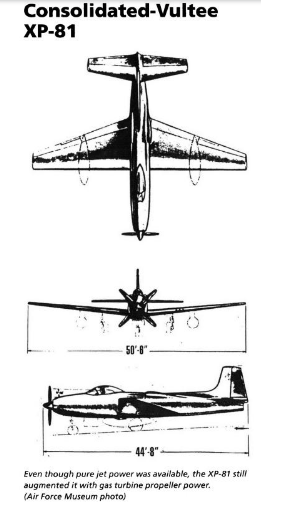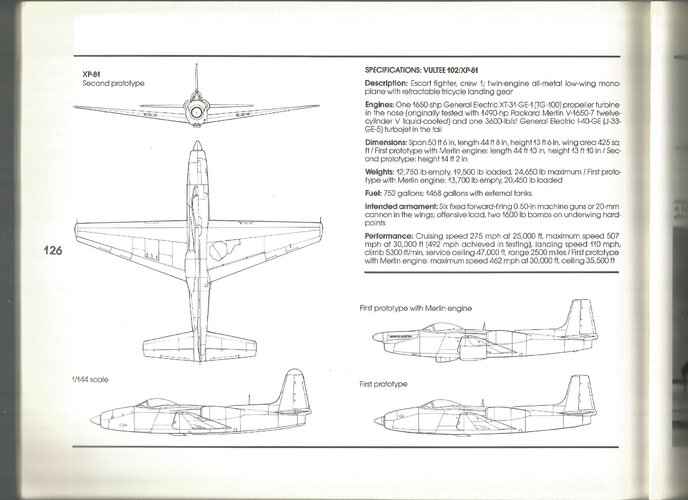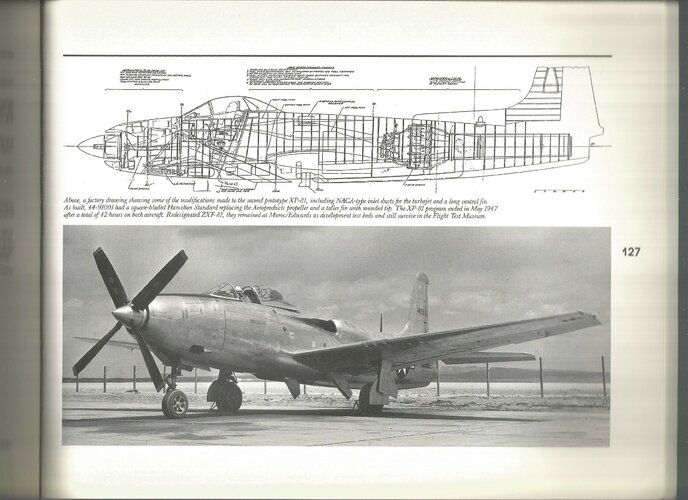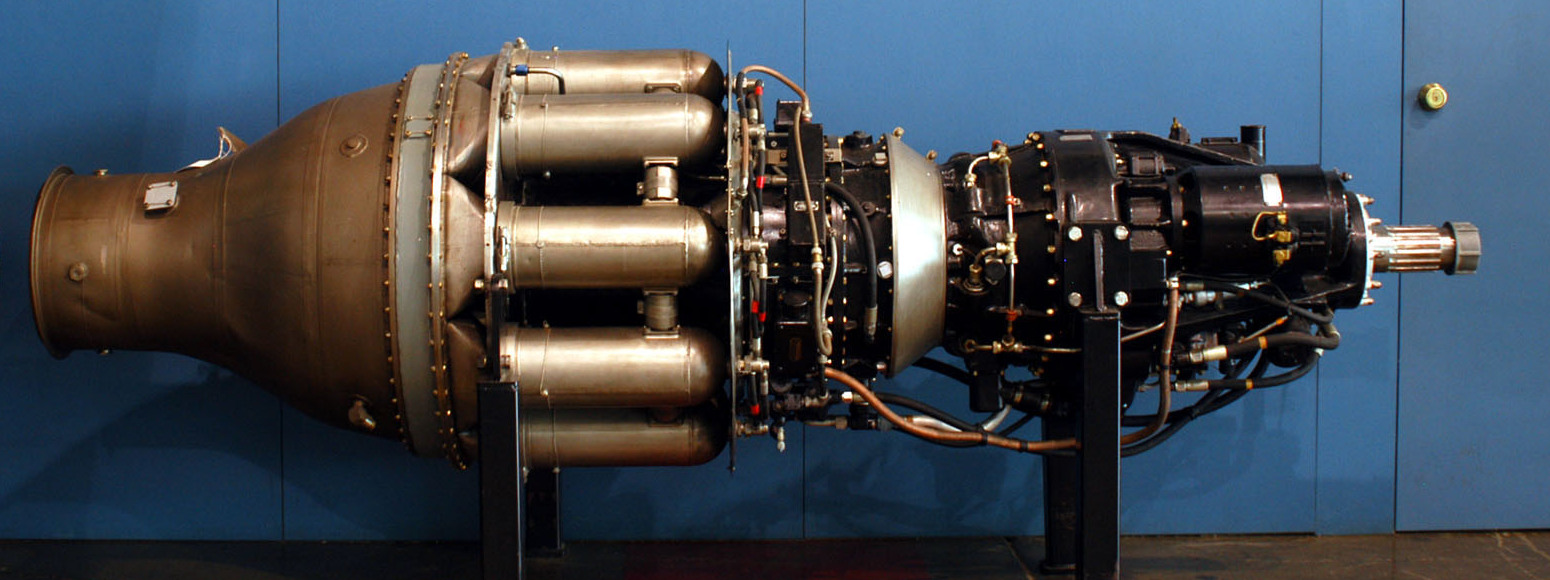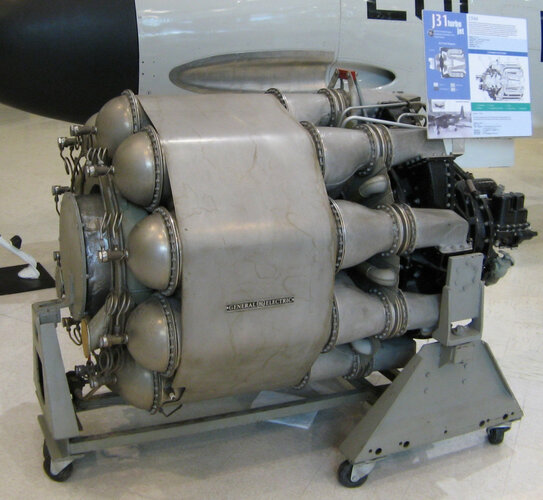An interesting read on this:
I also see the confusion here. I see an "axial" compressor system as inline with the turbine and the combustors inline between the two. The TG 100 still uses a centrifugal configuration with the cans arranged around the compressor even though it is inline with the turbine.

airandspace.si.edu
There's a cutaway of the compressor here, and it is indeed axial but the flow is still centrifugal. That is, it pushes the compressed air out to the edge and into the burner cans arranged around it. These then exhaust into the turbine section. As I said, I see an axial turbojet as one where the burners are inline between the compressor stage and the turbine rather than arranged around the compressor section.
I see the TG 100 as something of a compromise. It still uses the centrifugal burner can arrangement with an axial compressor most likely as a conservative measure between the Whittle engine and a true axial turbojet which GE, when the TG 100 was being designed, really lacked good data on.
I think we're mostly talking past each other here.

